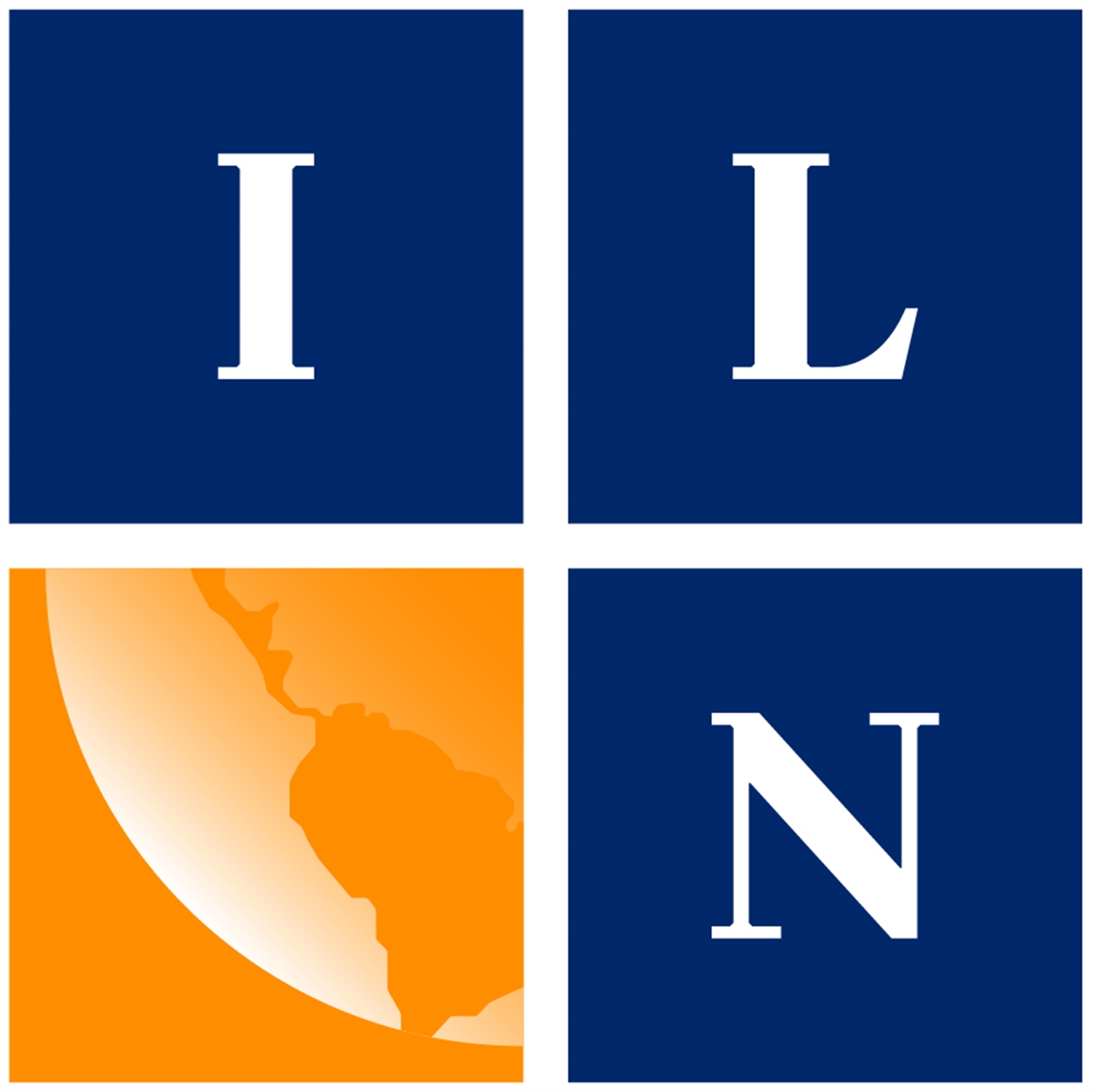Clearly, It’s Past Time for the Supreme Court or Congress to Provide Clarity
“The time is now for the Court to grant certiorari, or for Congress to pass new laws, so that the problem of eligibility can be eliminated, and consistency and clarity be provided to all who rely on our patent system.”
Last month, the U.S. Department of Justice filed an amicus brief with the Supreme Court urging the Court to accept a certiorari case relating to patent eligibility. See Interactive Wearables, LLC v. Polar Electro Oy, et al, and David A. Tropp v. Travel Sentry, Inc., Nos. 21-1281 and 22-22. In each of these cases, which were separate from one another, the U.S. Court of Appeals for the Federal Circuit ruled the patents to be ineligible as being abstract ideas, and thus an exception to Section 101 patentable subject matter. This amicus brief follows an earlier amicus brief from the Justice Department, in May 2022, also supporting the petition for certiorari on a patent found by the Federal Circuit to be an abstract idea, and therefore not patentable under Section 101. See American Axle & Manufacturing, Inc. v. Neapco Holdings LLC. To the surprise of many, the Supreme Court denied cert in American Axle. The Supreme Court has not yet determined whether to grant cert in the combined Interactive and Tropp cases.
In the Government’s Words
The government’s brief states, “These cases would be suitable vehicles for providing much-needed clarification” about the proper reach and application of the abstract idea exception to patent eligibility under Section 101. (Emphasis added.) The brief also notes that Federal Circuit precedent reflects “significant confusion” over the Court’s Section 101 decisions, which have repeatedly fractured the Federal Circuit due to “the difficulties the court of appeals has experienced” in applying Section 101.
The amicus brief also acknowledges that the United States Patent and Trademark Office (USPTO) “has also struggled to apply this Court’s Section 101 precedent in a consistent manner.” Furthermore, the brief points to the “difficulties in implementing this Court’s Section 101 precedents” in certain technological fields, such as medical diagnostics, and the general “inconsistency and unpredictability” that extends to all fields.
In discussing the history of patent eligibility, particularly since Alice Corp. Pay Ltd. V. CLS Bank Int’l, 573 U.S. 2008 (2014), the Justice Department’s amicus brief mentioned seven times the need for clarification. The DOJ expounded on the inconsistency in eligibility four times in its brief. The brief twice referenced the uncertainty created by the “splintered,” “divided” and “fractured” Federal Circuit. The brief also noted that this area of law has become “unpredictable,” a problem and a challenge, and difficult to apply. The DOJ also cited the confusion in eligibility, and the struggles that have arisen in the lower courts, and with patent owners, patent applicants, and patent practitioners. Thus, despite 150 years of precedent from the Supreme Court, the long history and traditions have not resolved the current issues with patent eligibility under 35 U.S.C. 101.
Likewise, in the DOJ’s amicus brief from a year ago in American Axle, the 150 years of history and tradition for patent eligibility was cited, but the brief explained that now there is uncertainty and unpredictability that has created problems, challenges, and difficulties for all who consider patentability and abstract ideas. The brief acknowledged the splintered, divided and fractured Federal Circuit. This government brief expressly stated (two times) that clarification of the two-step eligibility analysis of Alice is “especially important,” noting the Federal Circuit’s “substantial uncertainty” about the proper application of Section of 101 and the confusion in lower court decisions. The brief also emphasized that every judge on the Federal Circuit has requested Supreme Court clarification of this issue. There were eight additional amicus briefs encouraging the Court to accept this case, including one brief by Senator Thom Tillis (R-NC), former Federal Circuit Chief Judge Paul Michel and former USPTO Director David Kappos, who stated that the “misinterpretation of Section 101 of our patent laws has created an unintelligible hash.”
So, the U.S. Government, through the Justice Department, has twice in one year strongly argued that the Supreme Court needs to fix this mess. They are not alone. For several years, the Federal Circuit judges have begged for clarification regarding abstract ideas and patent eligibility. For example, On July 3, 2019, the Federal Circuit issued an interesting opinion discussing patent eligibility. In Athena Diagnostics, Inc. v. Mayo Collaborative Services, LLC, the en banc Court considered whether they should rehear an appeal of a patent regarding a medical diagnostic invention, which a three-judge panel earlier held to be ineligible for patent protection pursuant to the precedent of the U.S. Supreme Court. The decision included the majority opinion, three concurring opinions, and four dissenting opinions. Each of the eight opinions requested that the Supreme Court or Congress do something to clarify the confusion about patent eligibility. The Supreme Court denied certiorari in Athena.
What Congress Has Said
Congress has worked on the issue for several years, including hearings and proposed legislation to address the patent eligibility concerns. The past two sessions of Congress have seen four bills introduced relating to Section 101 reform. In 2019, the Senate and House Subcommittee on Intellectual Property drafted legislation in an attempt to “fix” the patent eligibility law under 35. U.S.C. 101, but the legislation never passed. In August, 2022 The Patent Eligibility Restoration Act, co-sponsored by Senator Thom Tillis (R – N.C.) and Senator Chris Coons (D- Del.) was proposed to fix the patent eligibility mess, and was endorsed by two retired judges from the Federal Circuit, former Chief Judge Paul Michel, and former Federal Circuit Judge Kathleen O’Malley. Tillis and Coons are optimistic that their Act will fix the judicially created confusion in patent eligibility law. As they note, patent rights are created in the Constitution, and have driven innovation for more than 200 years. Senator Coons has stated that the IP “gold standard” has been eroded, and that predictability, defensibility and enforceability needs to be restored. A second bill was introduced on November 4, 2022, by Representative Thomas Massie (R-KY), to the House Judiciary Committee which seeks to clarify patent eligible subject matter, and particularly those patents that have been killed for being directed to an abstract idea, a judicially created exception to patentable subject matter, even though no Court has ever defined “abstract idea.”
Three years ago, on May 22, 2019, the Senate and House Subcommittees on Intellectual Property released for comment their initial draft of legislative reform for Section 101 of the patent statutes. The biggest focus of this proposed legislation is an abolishment of the Supreme Court’s judicially-created exceptions to patent eligibility, namely, abstract ideas, laws of nature, and natural phenomena. The proposed revision also states that section 101 “shall be construed in favor of eligibility.”
Alas, Congress adjourns each year without passing any of these proposed bills.
The USPTO Chimes In
The USPTO has also agreed that eligibility needs fixing. Going back almost five years, on September 24, 2018, then-Director of the USPTO, Andrei Iancu, stated in a speech to the Intellectual Property Owners Association that his agency was working on new guidelines that address the “mushed up” and “muddled” case law on patent eligibility under 35 USC 101. Once again, Iancu acknowledged that the current status of eligibility is unclear and distorted and must end. According to Iancu, there were two problems with the current eligibility analysis: (1) there is no definition of “abstract ideas” which are patent-ineligible; and (2) co-mingling of eligibility under section 101 with other patentability requirements, such as obviousness under section 103. He insisted that the standard for eligibility must be clear, so the patent system is predictable and transparent, and people know up front if an invention is eligible for patent protection. Iancu’s subsequent Guidance on Patent Eligibility for examiners has been heralded as providing much-needed clarity, but it is not binding on courts and has done little to alleviate confusion there.
Clarity, Now
So, the U.S. Justice Department, the USPTO, Federal Circuit judges, many patent owners and applicants, patent lawyers, and members of Congress, have over the past eight years since the Alice Supreme Court decision, repeatedly urged the Supreme Court to clarify patent eligibility, and particularly the abstract idea judicial exception. The time is now for the Court to grant certiorari, or for Congress to pass new laws, so that the problem of eligibility can be eliminated, and consistency and clarity be provided to all who rely on our patent system to promote the progress of science and the useful arts.
Image Source: Deposit Photos
Image ID: 88810564
Author: paisan191





